Neatorama |
- 12 Weird Cheetos Variants
- Cool Candy Corn Treats For Your Next Halloween Party
- Funny Ferrets in Packing Peanuts
- Supreme Executive Power
- Make It So Geek Quilters
- NY Terror Dogs
- Deer Patiently Waits at Crosswalk for the Traffic Signal
- The Alien Cult that Hacked British TV
- Tea Duckie Tea Infuser
- Superhero Movie Trailer Proposal
- How Wolverine Regenerates
- Why Do Kids Get All The Cool Geek Bedrooms?
- The Women Who Mapped the Universe And Still Couldn’t Get Any Respect
- John Lennon's Imagine, Made into a Comic by Pablo Stanley
- Stump-o-Lanterns
- Whodunit: Blue Carbuncle, the Sequel
- Out of This World
- Sitting Cats
- 4 Surprising Facts About Starbucks' Pumpkin Spice Latte
- Kissing Unicorns Salt & Pepper Shakers
- If George R.R. Martin Wrote <i>Breaking Bad</i>
- 12 Awesome Wedding Cake Alternatives
- Game of Thrones Travel Guide
- William Shakespeare's <i>Terminator the Second</i>
- The National Beard and Mustache Championships
- A Gallery of Terrible Real Estate Photography
- Bizarre and Delightful Animals In Vintage Photos
- TV Shows Whose Lead Character is the Least Interesting
- Photo: Spock, Picard and Magneto
- How the West Was Won
Posted: 24 Sep 2013 05:00 AM PDT
Cheetos--they're nature's perfect food. Still, people try to improve nature's design and have succeeded, advancing the culinary wisdom of humanity. Here are 12 unconventional ways to cook and serve Cheetos.
1. Deep fried Cheetos! Tom Pizzica of the Park Slope Chip Shop in Brooklyn deep fries everything, including these Cheetos.
2. Marshmallow treats...flavored with Cheetos! Becky McKay made Rice Krispie treats, but replaced the Rice Krispies with Cheetos.
3. Cheetos donuts! To mark National Donut Day (an important religious holiday), Donut Prince in Burbank, California made donuts with dulce de leche and Flamin' Hot Cheetos. That Cheetos flavor, by the way, has sent people to the hospital.
4. Caramel-coated Cheetos are popularly known as "coyote droppings." I think you can see why. Instructables member Puero made these with corn syrup. Just don't eat one offered to you by a practical joker.
5. Cheetos macarons! The Macaron Parlour on Manhattan is dedicated to that sweet cookie. They've got a vast number of varieties, including one that's flavored with Cheetos.
6. Cheetos ice cream! Although we all use Cheetos as a garnish for ice cream sundaes, they can also go into the ice cream itself! Becky McKay chopped Cheetos and chocolate into her ice cream recipe!
7. Chocolate-covered Cheetos! But Ms. McKay didn't stop there! She also melted chocolate baking bark--that's a sheet of chocolate that breaks easily for baking use. Then she dipped Cheetos in to make the perfect breakfast meal.
8. Chocolate chip Cheetos cookies! Christina_S added whole Cheetos to her favorite double chocolate chip cookie recipe and served them with ice cream.
9. Hot Cheetos-crusted fried mozzarella sticks! Zach Wilkins and Jason Medina made a Tabasco sauce egg wash and used it to bond crushed Hot Cheetos to mozarella sticks. Then they deep fried these delicious little heart attacks.
10. Cheetos grilled cheese sandwiches! Michelle made this classy-looking sandwich with homemade sourdough semolina bread and provolone cheese.
11. Macaroni and cheese Cheetos pie! Kansas City BBQ Source posted a recipe for mac-and-cheese pie that uses Cheetos. Now all you need to add is chocolate syrup.
12. Cheetos quiche! Cheetos are the mark of the refined gourmand. This vegetarian quiche from Pacificlectic uses gruyere cheese and chanterelle--a fancy-shmancy fungus. | ||||||||
Cool Candy Corn Treats For Your Next Halloween Party Posted: 24 Sep 2013 04:00 AM PDT
Looking for a little variety to spice up your candy corn consumption this Halloween? Then check out We Do Fun Here's great collection of candy corn party favors. It's not all foods like the candy corn corn above though, there are also great party favor ideas like candy corn bath salts. | ||||||||
Funny Ferrets in Packing Peanuts Posted: 24 Sep 2013 03:00 AM PDT It's the ferret version of a ball pit! Simon and Garfunkel take advantage of a large carton with plenty of stuff to tunnel under. -via Laughing Squid | ||||||||
Posted: 24 Sep 2013 02:00 AM PDT
I thought we were an autonomous collective. I just can't keep up with the changes that John McNamee describes. | ||||||||
Posted: 24 Sep 2013 01:00 AM PDT
We've seen plenty of cool geek quilts, but it's rare to see one that's actually queen size -especially when it's a pixelated quilt of Captain Picard. The squares are 2" big, meaning it took about 4500 squares to complete. The writer at Candy Coated Quilts made this amazing creation for two Trekie friends as a wedding present. Link Via Geek Crafts | ||||||||
Posted: 24 Sep 2013 12:00 AM PDT
When you need a cool T-shirt, who you gonna call? Matt Parsons, of course! Send boring ol' T-shirts back to hell and wear this killer NY Terror Dogs T-shirt. The Gatekeeper and Keymaster will surely approve. Check out Matt's official website and Facebook page, then visit his NeatoShop page for more "hot" T-shirts.
Are you a professional illustrator or T-shirt designer? Let's chat! Sell your designs on the NeatoShop, earn generous royalties, and get featured in front of tons of potential new fans on Neatorama! | ||||||||
Deer Patiently Waits at Crosswalk for the Traffic Signal Posted: 23 Sep 2013 11:00 PM PDT
The deer in Nara Park in Nara, Japan are famously polite. They even bow to visitors respectfully. They also obey the law. A tourist snapped photos of this deer, which approached the crosswalk. It stopped until the signal turned green, then crossed. You can see more photos of it at the link. | ||||||||
The Alien Cult that Hacked British TV Posted: 23 Sep 2013 10:00 PM PDT
In all the years since that stunt, no one has come forward to take responsibility, and clues point to anyone in particular. But there were a couple of UFO cults gaining followers in the 1970s, and the word Ashtar pops up now and then in their beliefs. Read about the broadcast incident, and the cults it may have referenced, at The Kernel. Link -via Metafilter | ||||||||
Posted: 23 Sep 2013 09:00 PM PDT Tea Duckie, you're the one. You make tea time lots of fun. Tea Time Duckie, I'm awfully fond of you. Woh woh, bee doh! The tea duckie is a tea infuser shaped like a yellow rubber duckie that actually floats as you brew your tea. This tea infuser is a real quack up. Be sure to check out the NeatoShop for more great Coffee & Tea Stuff. | ||||||||
Superhero Movie Trailer Proposal Posted: 23 Sep 2013 09:00 PM PDT To propose marriage to Rebecca, Joe Wakim compiled a film trailer using scenes from movies, most of them superhero movies. Watch him steal an engagement ring from Spider-Man and prepare for action at Superman's Fortress of Solitude. I can't wait to watch the sequel! -via When Geeks Wed | ||||||||
Posted: 23 Sep 2013 08:00 PM PDT
There's six pages of "science" in the paper. Link (pdf) -via Boing Boing | ||||||||
Why Do Kids Get All The Cool Geek Bedrooms? Posted: 23 Sep 2013 07:00 PM PDT | ||||||||
The Women Who Mapped the Universe And Still Couldn’t Get Any Respect Posted: 23 Sep 2013 06:00 PM PDT
MIT physics professor Edward Pickering was an early advocate of astrophotography and also had a relatively enlightened (for the time) attitude toward women in science. But he was an outlier in both fields.
A slightly more respectable name for those women was the "Harvard Computers." Find out what they did and how they were rewarded at Smithsonian's Past Imperfect blog. Link | ||||||||
John Lennon's Imagine, Made into a Comic by Pablo Stanley Posted: 23 Sep 2013 05:00 PM PDT
We've written about Pablo Stanley of Stanley Colors blog before on Neatorama, but the man is on a roll! Great job, Pablo! In this new panel, he illustrated one of the most iconic songs ever recorded, Imagine by John Lennon. It's probably impossible not to read the cartoon and have the song not pop into your head. It's now probably going to get stuck in your head for the rest of the day, but hey, at least it's a catchy tune! Sing it with me, "Imagine there's no heaven ..." (Love this song? Did you know that the lyric and concept came from Lennon's wife Yoko Ono? But Lennon said that, "in those days I was more selfish, more macho and omitted to mention her contribution." Read more about Imagine in this article by Eddie Deezen, "Imagine: John Lennon's Signature Song.") If you wonder who the guy named "Milk" in the fourth from last panel, that's San Francisco supervisor Harvey Milk, who was the first openly gay person to be elected to public office in the United States in 1977. Milk was assassinated in 1978, just 11 months after taking office. The woman named Anna in the third from last panel is Russian journalist, writer, and human rights activist named Anna Politkovskaya. She reported about the Chechen conflict and published several books critical of the current Russian government. In 2006, Politkovskaya was shot and killed in her apartment complex. Her murder remained unsolved until today. The meaning of Imagine is a hotly debated topic, but Pablo noted in his blog, "This is NOT an anti-religion/atheist propaganda comic. The comic and the song (at least as I understand it) [try] to communicate that no matter your faith, we should all share the world in peace ... As silly as that sounds." View the original comic over at Stanley's website. | ||||||||
Posted: 23 Sep 2013 04:00 PM PDT
Redditor anastasiabeverhousen writes, "So, I know a guy who makes 'Stumpkins.'" I love the idea! They look like fantasy movie monsters. | ||||||||
Whodunit: Blue Carbuncle, the Sequel Posted: 23 Sep 2013 03:00 PM PDT The following is a Whodunit by Hy Conrad featuring Sherman Oliver Holmes, a mysterious crime solver and great-great-grandson of Sherlock Holmes. Can you solve the crime?
Once a year, on his birthday, Sherman Holmes threw a dinner party. The cream of Capital City's eccentrics would gather in his large, comfortable home, along with neighbors and other friends, to eat and drink and laugh. At this year's celebration, after everyone else had left, Sherman and his three last guests sat over brandies in his living room, discussing the one inexhaustible topic, the Sherlock Holmes mysteries. "What exactly is a carbuncle?" Dora Treat asked. Someone had brought up "The Adventure of the Blue Carbuncle," and the nurse practitioner was curious. "The only carbuncle I know is a skin infection, like a boil." Buddy Johnson, a jeweler, chuckled. "It's a gemstone, a deep red garnet. Carbuncles are never blue. That was a figment of Conan Doyle's imagination." Sherman puckered his round face into a frown. "But there is a blue carbuncle. Dr. Watson wouldn't lie about a thing like that." "Yes, of course," Sam Pickering stammered. Their host seemed so rational in every other respect, it was easy to forget his fixation. "What Buddy meant was there are no other known blue carbuncles, just that one." "Exactly," Sherman said. "That's why it was so expensive. Would you all like to see it?" His guests were flabbergasted. "You mean you actually own the blue carbuncle?" asked Sam. "The one from the story?" The newspaper reporter had already done two articles about the unconventional millionaire and he could sense a third one in the making. "The gem dealer assured me it's the real thing. Come into the library and I'll show you." The room they walked into looked more like a junk room than a library, with first editions strewn on the chairs along with stacks of old papers and magazines. Sherman took three small boxes down from a shelf. He rummaged through the blue one, flipped through the red one, and finally found what he wanted in the green box. "Here it is." From among a pile of receipts and marbles, he pulled out a blue gem, about the size of a pea. Buddy Johnson pulled a jeweler's loop from his pocket and gave it a quick examination. "It looks like a garnet," he said. "How amazing." Each guest examined the strange stone, then returned it to their host. While Dora excused herself to use the powder room, Sherman dropped the carbuncle into the red box and returned all three boxes to the shelf. "You leave a priceless gem in a simple box?" Sam asked with a disapproving smirk. "With no security?" Sherman puffed out his chest. "I am all the security it needs." The guests stayed for another hour, then left at the same time. Normally, Sherman would have gone directly to bed. But some instinct led him back into the library. He was shocked to see all three boxes lying open on the library table. Sherman went directly to the red box, then to the others. Sure enough, the carbuncle was gone. He thought back. In the hour following the display of the jewel, each of his guests had wandered off, at least for a minute or two. It would have been chancy, but any one of them could have sneaked back into the library and stolen it. Sherman was disappointed to think that one of his friends had robbed him. But his disappointment ran deeper. "Did the thief have such little regard for my detecting skills? How insulting! Would they have stolen from my great-great-grandfather and expected to get away with it?" WHO STOLE THE BLUE CARBUNCLE? WHAT GAVE THE THIEF AWAY?
In addition to his work in mystery and crime puzzles, Hy was also one of the original writers for the groundbreaking TV series Monk. Currently, Hy is working on mystery novel series "Abel Adventures" as well as the Monk series of novels, starting with Mr. Monk Helps Himself (published by Penguin, order from Amazon here Check out Hy's official website and Facebook page - and stay tuned for more whodunits puzzlers on Neatorama from the master of whodunit mysteries himself! | ||||||||
Posted: 23 Sep 2013 01:00 PM PDT Now that's an out of this world design by artist ClSantos - now on the NeatoShop. Check out ClSantos over at her Facebook page, then visit her NeatoShop page for more sweet T-shirts:
Are you a professional illustrator or T-shirt designer? Let's chat! Sell your designs on the NeatoShop, earn generous royalties, and get featured in front of tons of potential new fans on Neatorama! | ||||||||
Posted: 23 Sep 2013 12:00 PM PDT The Shironekoshiro cats sit up in their chairs, as if they were human. Sometimes I feel like those cats are made of fur-covered Play-Doh with pipe cleaner armatures you can bend whichever way you want, but here they eventually look for a more comfortable cat position. Bonus: Shiro himself walks by, with his eyes open. I think it's the first time I've seen those eyes open. -via Tastefully Offensive | ||||||||
4 Surprising Facts About Starbucks' Pumpkin Spice Latte Posted: 23 Sep 2013 11:00 AM PDT
Shorter days, leaves changing color and colder weather used to be the ways we can tell that fall is coming, but lately there's a new sign: Pumpkin Spice Latte is back at Starbucks.
Pumpkin Spice Latte, or PSL as it's known to afficionados, is a seasonal drink that Starbucks trots out every fall. Each year, the release becomes more highly anticipated than the previous one, and the cult following of the drink continues to swell. Last year, there were reports shortages of the PSL at some Starbucks locations, which caused a flurry of panicked tweets. The instant version of the popular latte popped up on eBay at double the price ... and promptly sold out. Thankfully, Starbucks was able to ship more of the PSL ingredients to its stores and averted a pumpkin riot. This year, Starbucks released a secret code that you can whisper to your barista to get the Pumpkin Spice Latte before its official release date of September 3, much to the glee of its fans. But who exactly are those PSL fanatics? White women in yoga pants, according to Flavorwire and the Interweb:
So. If PSL is your BFF, know this about your favorite drink: 1. Starbucks Has Sold 200 Million Pumpkin Spice Latte Drinks in the Past Decade
You read that right. Starbucks has sold more than 200 million of the PSL. At the basic price $4 and 300 calories for a 12-ounce tall size, that's $800 million dollars and 60 billion calories that we've spent and consumed on the stuff. 2. Vegans Are Hopping Mad... because it turns out that the PSL can't be made vegan. Turns out, the Pumpkin Spice Latte contains condensed milk. Vegan and Starbucks afficionado Brent Caldwell of Ferndale, Michigan, had even started a Change.org petition to get Starbucks to create a vegan-friendly version:
As of this morning, the petition has garnered over 9,000 signers. If that's not a First World problem, I don't know what is. 3. PSL: The Drink That Almost Wasn'tTen years ago, Starbucks created the Pumpkin Spice Latte as a concept drink and pitted it against 19 other drinks in a market test ... and people said "meh." The PSL didn't perform well: it wasn't the worst performer, but it was definitely outshined by chocolate caramel and cinnamon spice drinks. But Peter Dukes, an espresso brand manager at Starbucks and co-creator of the PSL, saw the drink's potential. He stuck to his guns and the rest is history. 4. Now Here Comes the Shocker: the Pumpkin Spice Latte Contains No Real PumpkinWhat, exactly, is in the PSL? Starbucks' website said that it is a "handcrafted signature espresso beverage that features freshly steamed milk, rich and creamy pumpkin flavored sauce, and warm seasonal spices such as cinnamon, ginger, nutmeg and clove. The beverage is finished with a dollop of whipped cream and Starbucks pumpkin spice topping ..." Turns out, there is NO actual pumpkin in the Pumpkin Spice Latte. But don't worry, Starbucks isn't going to change a thing. Peter Dukes later said, "If we changed the recipe now, we'd have a revolt." Undecided about the PSL? Before you go to your local Starbucks and plunk down $4 for a tall (that's Starbucksese for "small"), TV talk show host Jimmy Fallon of Late Night has the pros and cons:
| ||||||||
Kissing Unicorns Salt & Pepper Shakers Posted: 23 Sep 2013 10:00 AM PDT
Kissing Unicorns Salt & Pepper Shakers Are you looking for a salt and pepper shaker set that can hold its own against your legendary meals? Invite the Kissing Unicorns Salt & Pepper Shakers to your table. This enchanting set is made of glazed ceramic and held together by magnets. Be sure to check out the NeatoShop for more great Salt & Pepper Shakers. | ||||||||
If George R.R. Martin Wrote <i>Breaking Bad</i> Posted: 23 Sep 2013 10:00 AM PDT
Truly, if George R.R. Martin had been writing Breaking Bad, half of these people would be dead and Arizona would be planning an invasion of New Mexico. Otherwise this Joy of Tech comic is correct, especially by matching Tyrion Lannister with Jessie Pinkman. | ||||||||
12 Awesome Wedding Cake Alternatives Posted: 23 Sep 2013 09:30 AM PDT
I would be pretty content with a cheese wheel or sushi cake wedding cake...but a cheeseburger or pizza one just wouldn't do it for me. That being said, I think it might be kind of awesome to have a wedding where all the foods are presented in traditional cake shape. | ||||||||
Posted: 23 Sep 2013 09:00 AM PDT
If you want to go see Westeros, you're out of luck, because it's a fictional place. But the TV series Game of Thrones uses settings from all over, despite its reliance on special effects. Where are those wonderful places? It began in Stirling, Scotland, which is also where Monty Python and the Holy Grail was filmed. There are also filmed settings in Malta, Croatia, Northern Ireland, Iceland, and Morocco. Travel to these fantastical locations is just another perk of working on the HBO series. See all these places at The Luxe Travel. Link -via Daily of the Day | ||||||||
William Shakespeare's <i>Terminator the Second</i> Posted: 23 Sep 2013 08:30 AM PDT Two years ago, I mentioned that the Husky Jackal Theater in Nashville re-wrote the script for the movie Terminator 2 using only lines from the works of William Shakespeare. The creative team has completed the project. This video shows scenes from the glorious result. Link (warning: auto-sound) -via Kuriositas | ||||||||
The National Beard and Mustache Championships Posted: 23 Sep 2013 08:00 AM PDT
Photographer Greg Anderson attended the National Beard and Mustache Championships in New Orleans to take portraits of the entrants. Those turned out so well, he's going to publish them in a book. Beard Team USA will be seen again at the World Beard and Mustache Championships in Germany. Anderson will also be there, as the official photographer of the event. Link | Full Gallery -via Metafilter | ||||||||
A Gallery of Terrible Real Estate Photography Posted: 23 Sep 2013 07:30 AM PDT
Terrible Real Estate Agent Photos is a Tumblr blog filled with hilariously ghastly examples of pictures of homes for sale. If you're selling your own home, it may be worthwhile to hire a professional to take photos of the property. Or, at least, put on some pants before taking pictures of a room with mirrors in it. Link -via David Thompson | ||||||||
Bizarre and Delightful Animals In Vintage Photos Posted: 23 Sep 2013 07:00 AM PDT
If you already follow the Lifestyles of the Cute and Cuddly, then you already know that we love seeing critters acting like people. But when you manage to find them in vintage photos, things are all the more delightful. That's why you really shouldn't miss this great collection of vintage pictures of intellegent animals over on io9. | ||||||||
TV Shows Whose Lead Character is the Least Interesting Posted: 23 Sep 2013 06:30 AM PDT
The A.V. Club posted a list of shows in which the lead protagonist is the least interesting of the main characters. It happens all the time, to all kinds of TV shows. The list includes current shows like The Walking Dead and Boardwalk Empire as well as older shows like Barney Miller and The Many Loves of Dobie Gillis. I would add Seinfeld and Bewitched and Northern Exposure and …well, it's such a standard fact of TV that TV Tropes calls it the Designated Protagonist Syndrome, featuring the Standardized Leader. (Warning: following links from TV Tropes can cause you to lose the rest of the day.) | ||||||||
Photo: Spock, Picard and Magneto Posted: 23 Sep 2013 06:00 AM PDT
Patrick Stewart, Leonard Nimoy and Ian McKellen met at Coney Island in New York City. Why? Leonard Nimoy doesn't explain in his Twitter feed, but it's obvious that they're reuniting to pull off one last heist. I'll bet that William Shatner will appear in the third act. Link -via The Mary Sue | ||||||||
Posted: 23 Sep 2013 05:00 AM PDT The following is an article from the bookHistory's Lists from Uncle John's Bathroom Reader.
America's great westward expansion took place between 1807 and 1912. It took a lot of people with a lot of gumption to tame the Old West, but those adventuresome types wouldn't have stood a chance without some important enterprises and contraptions.
From the late 1700s to the early 20th century, these famous covered wagons were as common on trails heading west as today's tractor-trailers. The average 21-foot-long, 11-foot-high, 4-foot-wide wagon could carry two tons of cargo. Some freighter wagons with seven-foot-tall wheels were capable of carrying a massive eight tons. Designed like boats, with ends that were higher than the middle, once the wheels were removed the heavily-caulked wagon body could be floated across Western streams. The ride wasn't as smooth on land: pulled by horses, mules or oxen, the Conestoga moved over roads so rough and mountainous that most people preferred to walk alongside. But they kept inside at night for protection against inclement weather and wild animals.
Railroads were the primary means of long-distance transportation from the 1830s to the mid-20th century. As far back as 1836, the idea of a nation-spanning rail line began to catch on -one that would shrink the travel time from Washington, D.C. to San Francisco from months of arduous journey by sea or wagon train to a mere eight days in passenger cars pulled by steam-powered locomotives. But the steep and rocky terrain, especially through the high sierras, seemed insurmountable.
___________________
If you like Neatorama, you'll love the Bathroom Reader Institute's books - go ahead and check 'em out! |
| You are subscribed to email updates from Neatorama To stop receiving these emails, you may unsubscribe now. | Email delivery powered by Google |
| Google Inc., 20 West Kinzie, Chicago IL USA 60610 | |
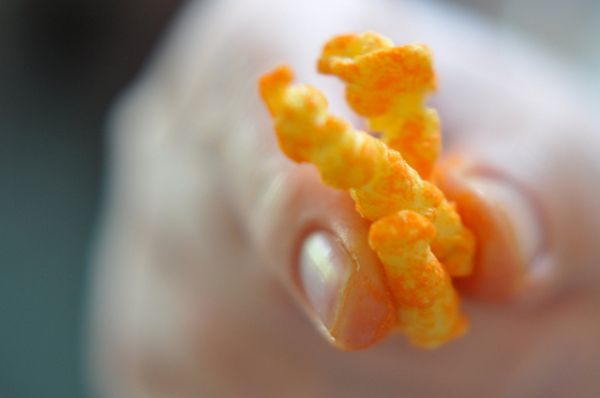 (Photo:
(Photo: 












 (
(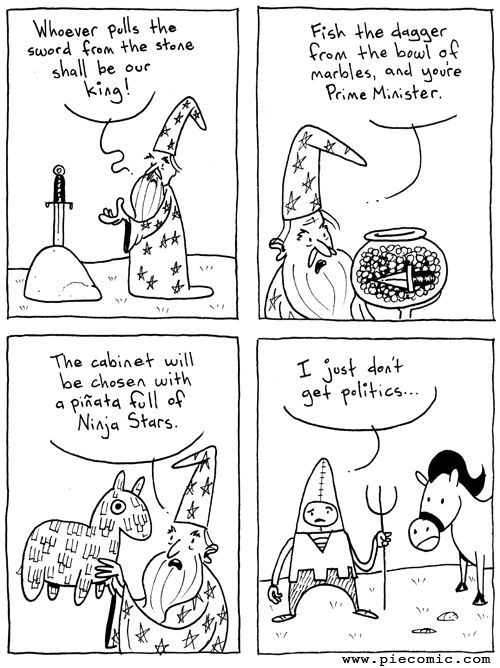







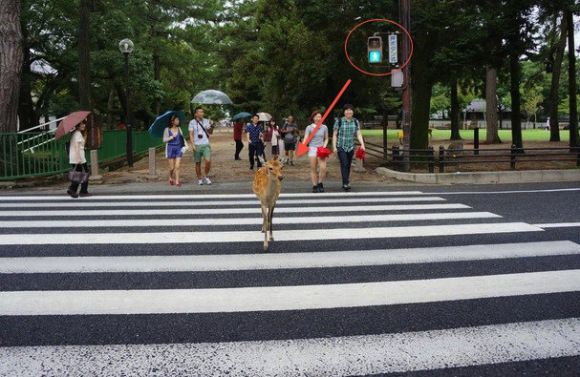 (Photos:
(Photos: 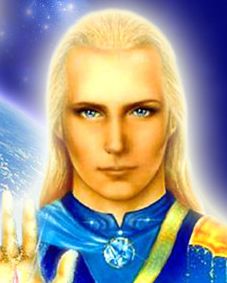 A British TV station was beginning its local newscast on the night of November 25, 1977. In the broadcast studio, nothing unusual happened. But in homes, the video signal of the regular newscast was accompanied by a strange voice that did not make sense.
A British TV station was beginning its local newscast on the night of November 25, 1977. In the broadcast studio, nothing unusual happened. But in homes, the video signal of the regular newscast was accompanied by a strange voice that did not make sense. 
 Here's a research paper that reveals the mechanism for Wolverine's amazing ability to heal and regenerate after deploying his adamantium claws, or after he is wounded by an enemy. It's because he's part amphibian! Or at least produces an amphibian protein. Here's the abstract:
Here's a research paper that reveals the mechanism for Wolverine's amazing ability to heal and regenerate after deploying his adamantium claws, or after he is wounded by an enemy. It's because he's part amphibian! Or at least produces an amphibian protein. Here's the abstract:



 (Image credit: Flickr user
(Image credit: Flickr user The whodunit above was provided by American mystery fiction author
The whodunit above was provided by American mystery fiction author  )
)




 (
(
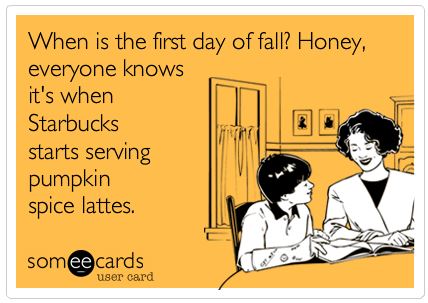

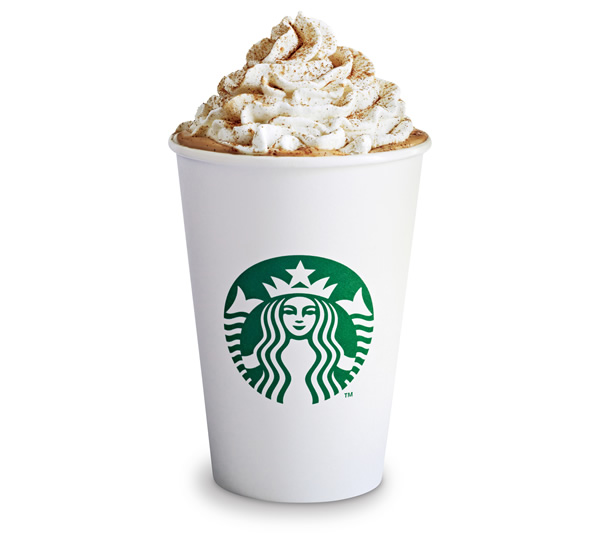











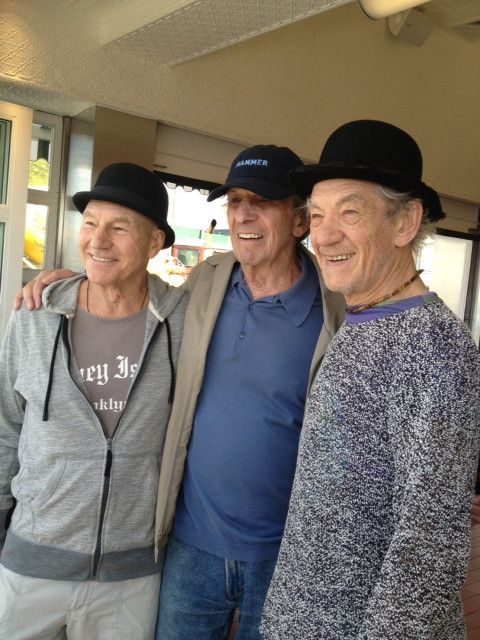


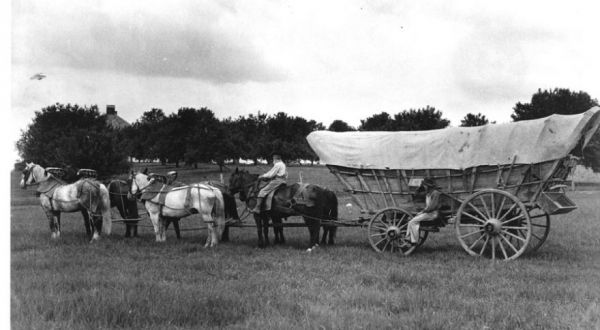

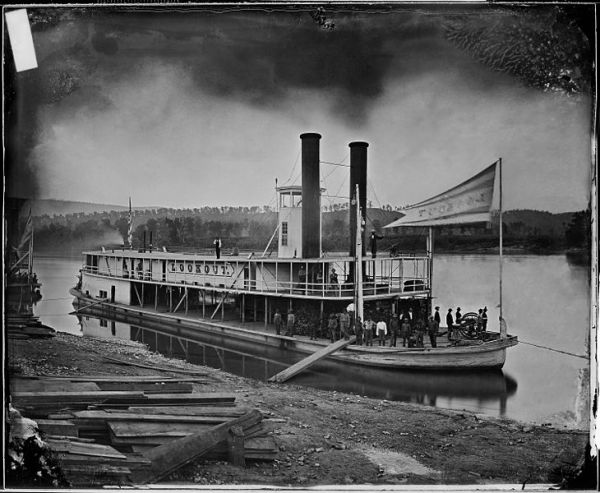





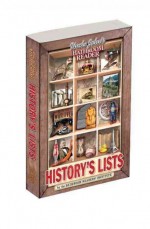 The article above was reprinted with permission from
The article above was reprinted with permission from 